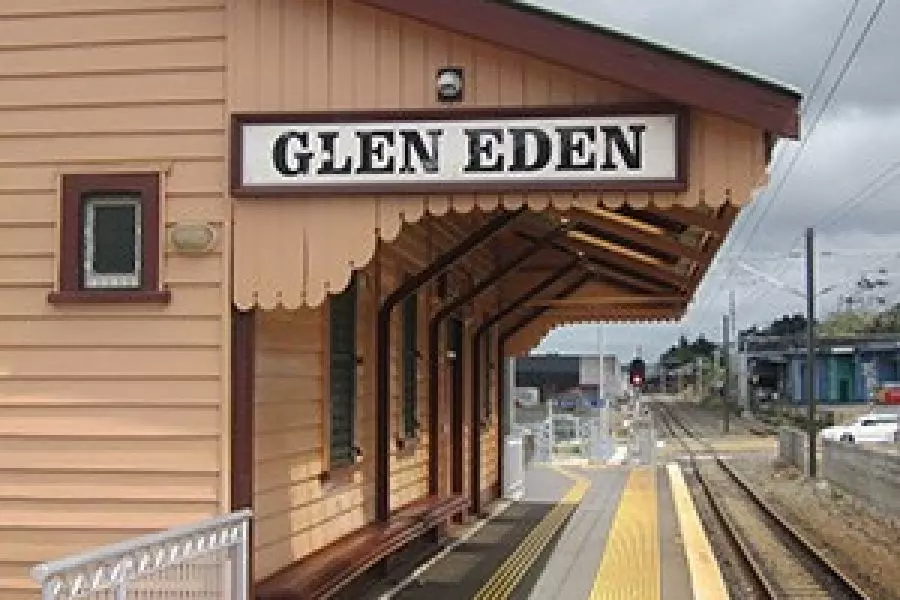News
Affordability growing in West Auckland

Monday 28th of August 2017
There’s absolutely no doubt by now that the new loan to value ratio (LVR) rules introduced by banks in September 2016 are having an effect on the market.
In Auckland as a whole, although prices are still rising, that growth is levelling off with sales volume falling 30%, inventory growing, and number of days properties take to sell increasing. Plus, fewer homes are being sold at a...
Want to read the full article?
Click the button below to subscribe and will have unlimited access to full article and all other articles on the site.
8 min read
10 min read






![[The Wrap] Bye Bye Bayly](https://goodreturns.publit.io/file/c_fill,w_900,h_600/39f23ac1-f7c7-4854-b700-a150004ebbac.webp)


